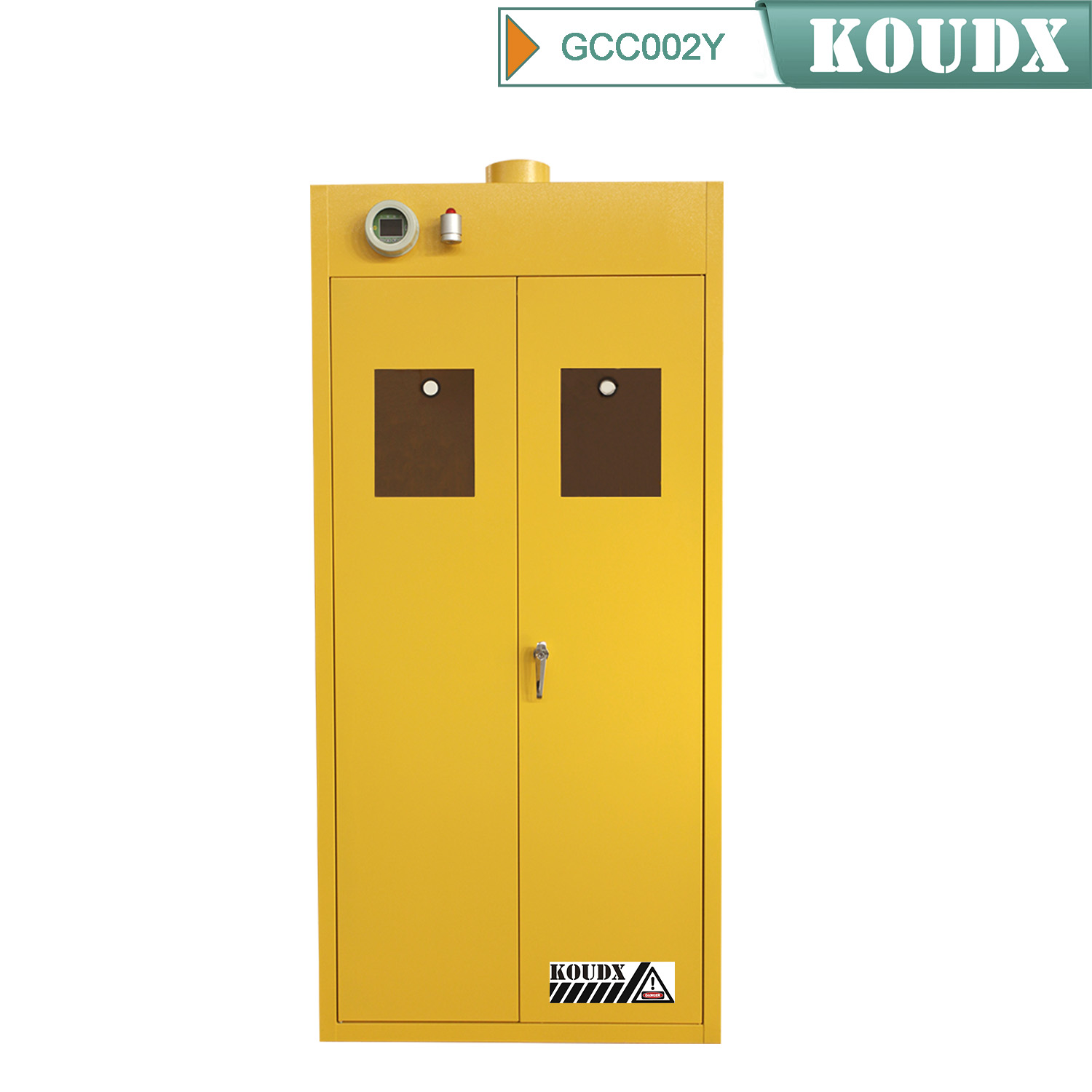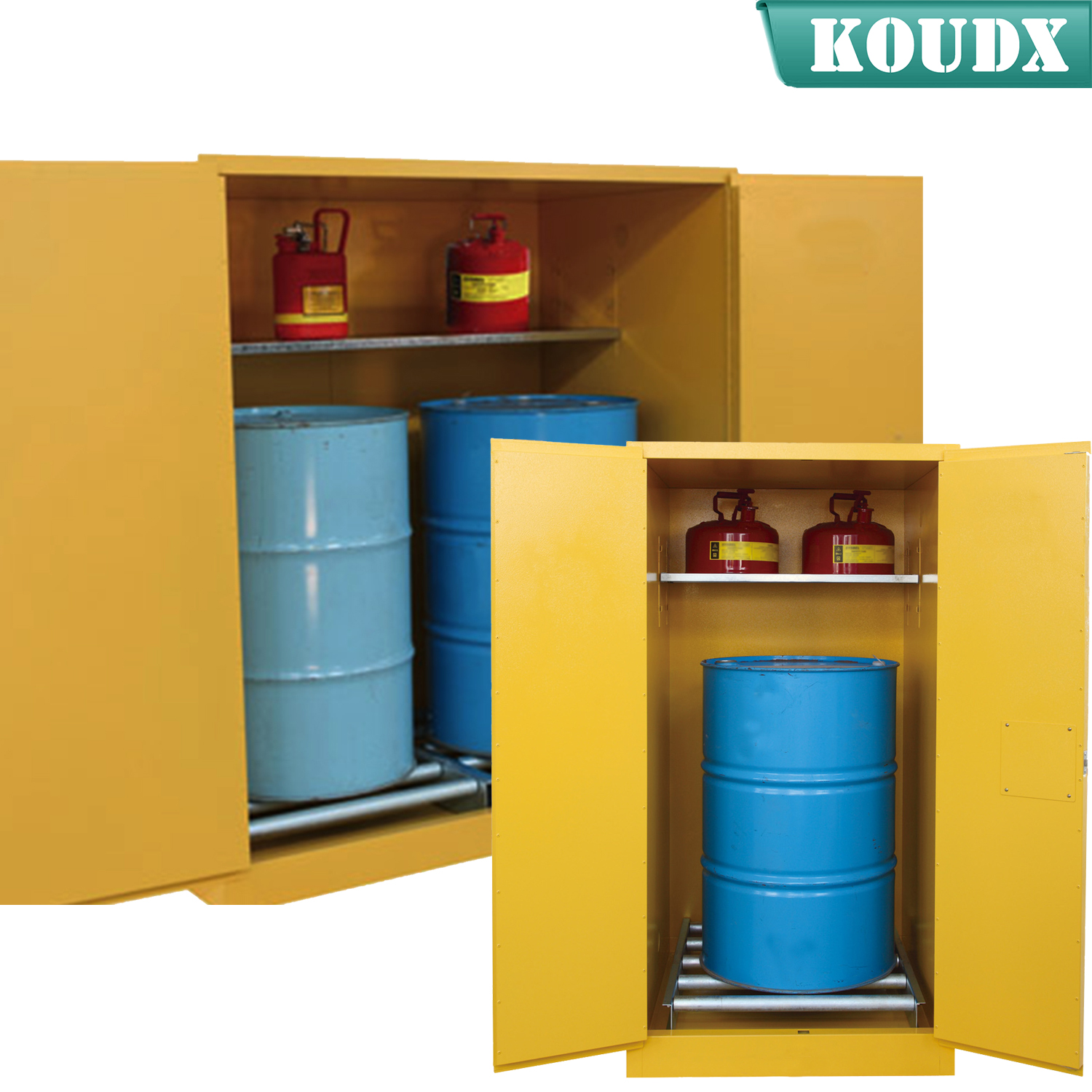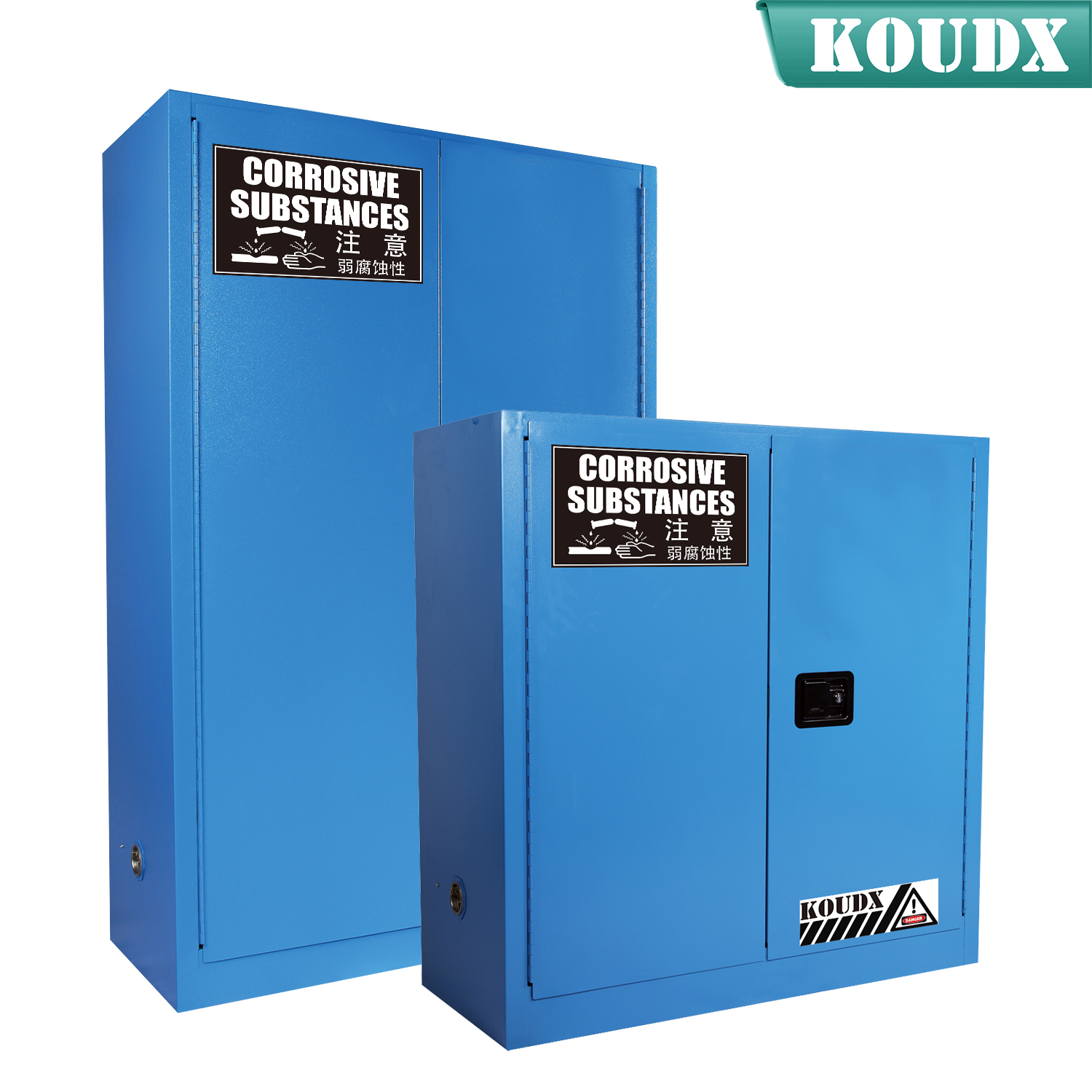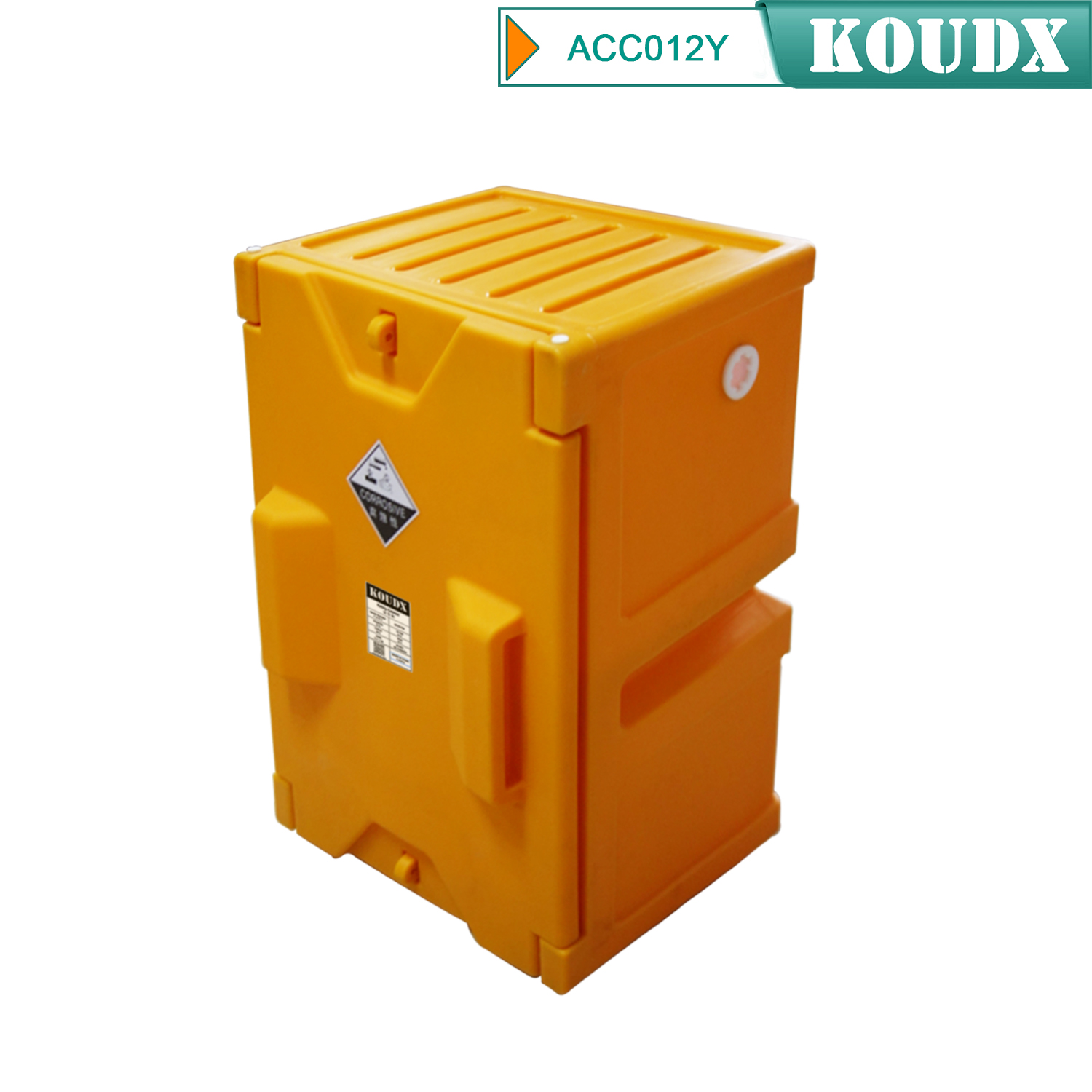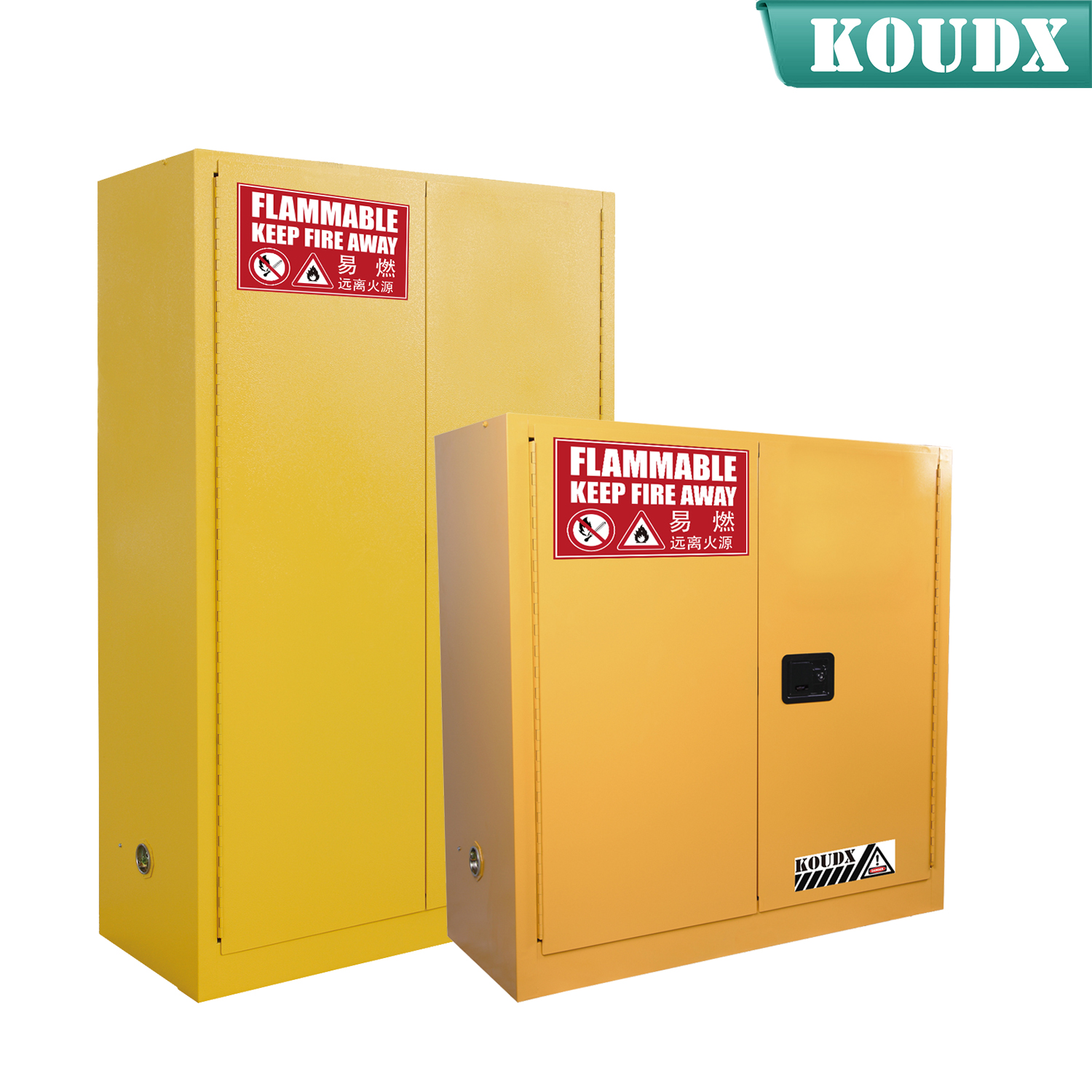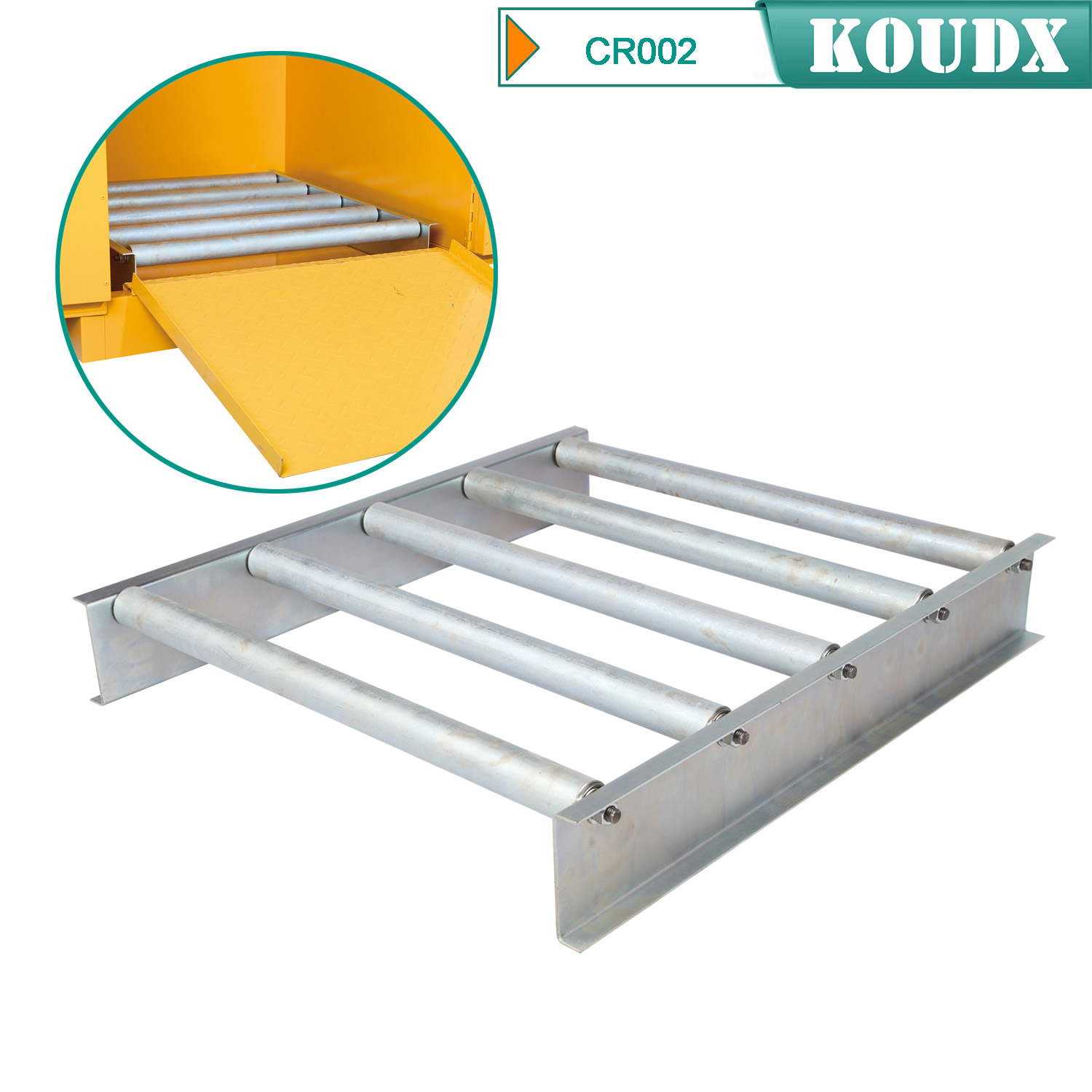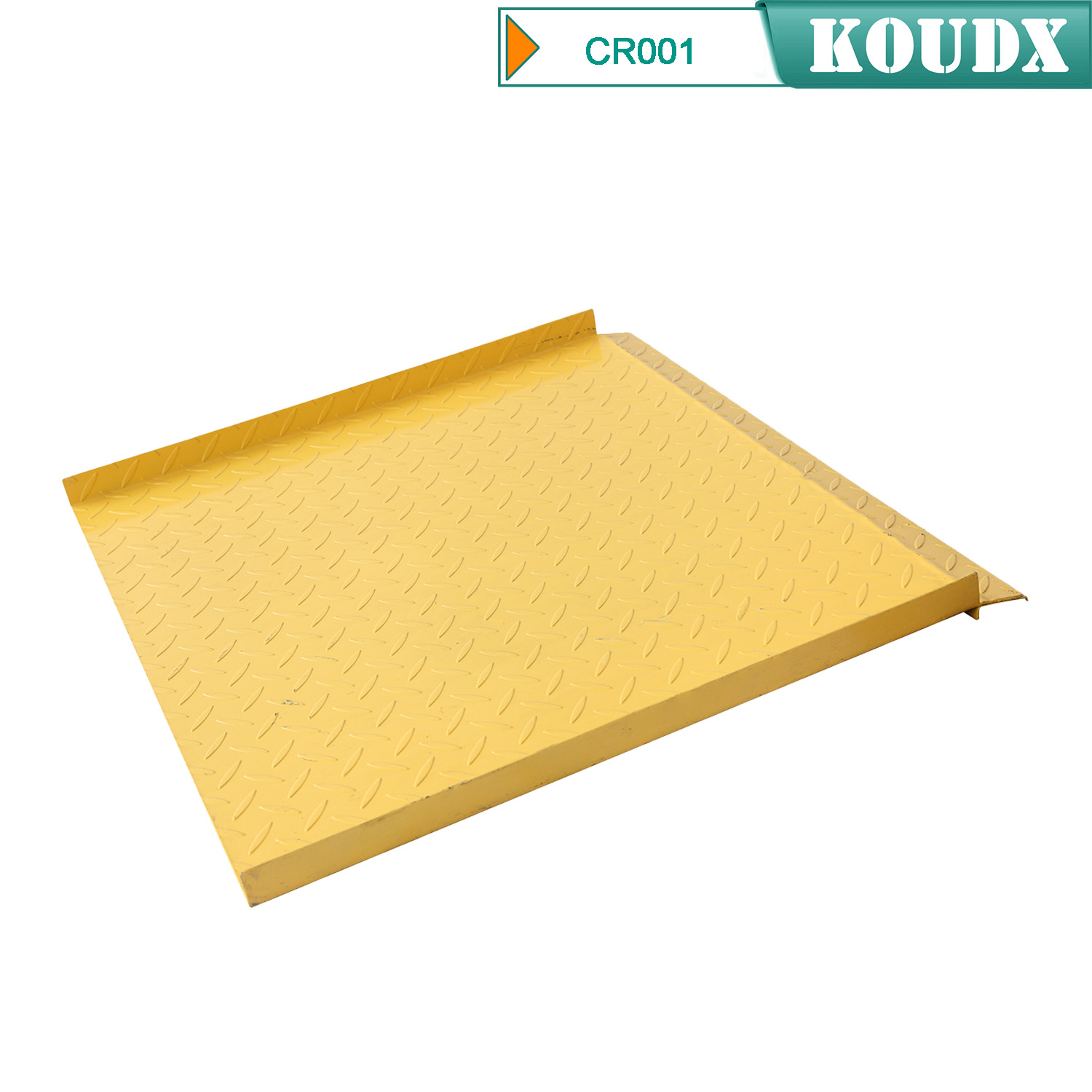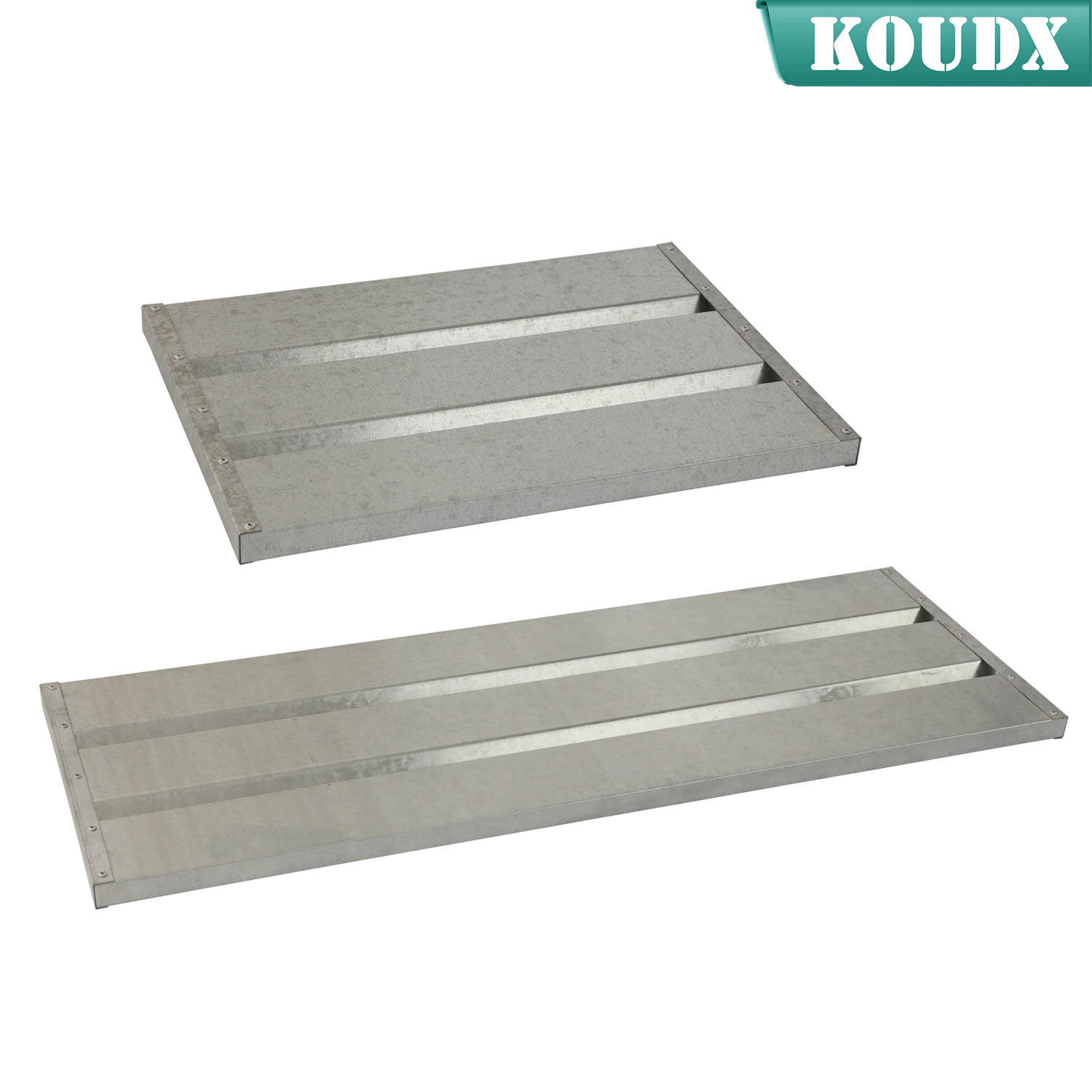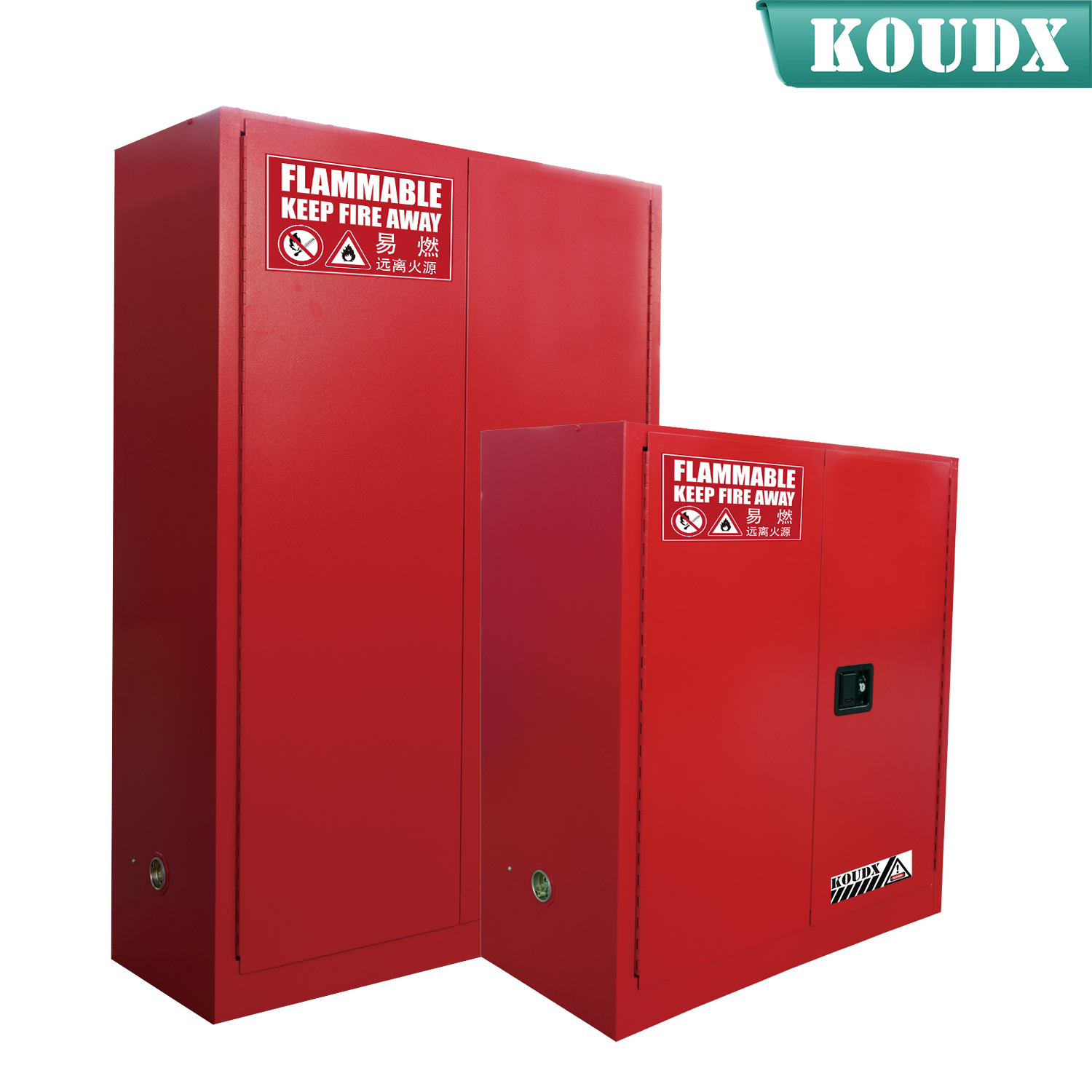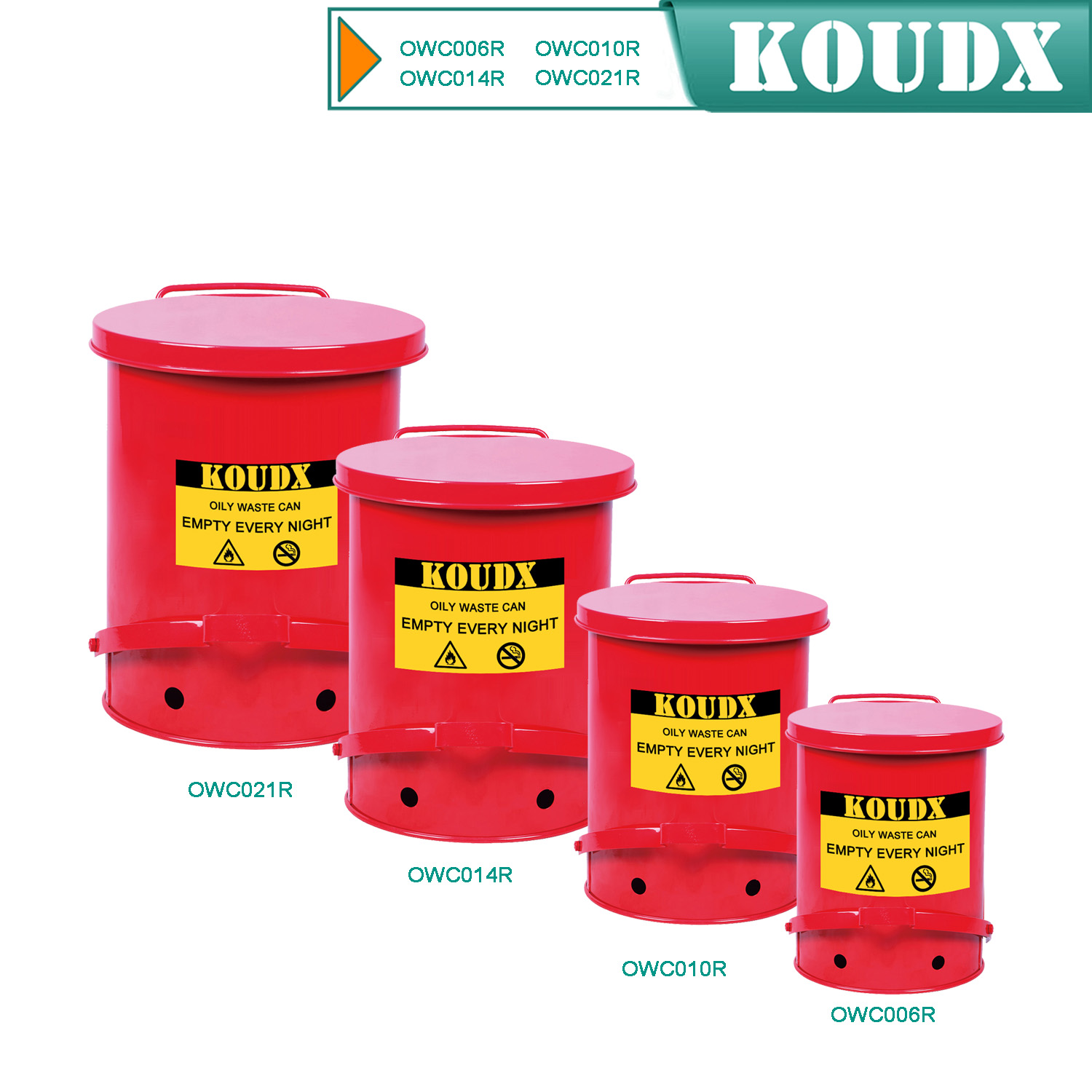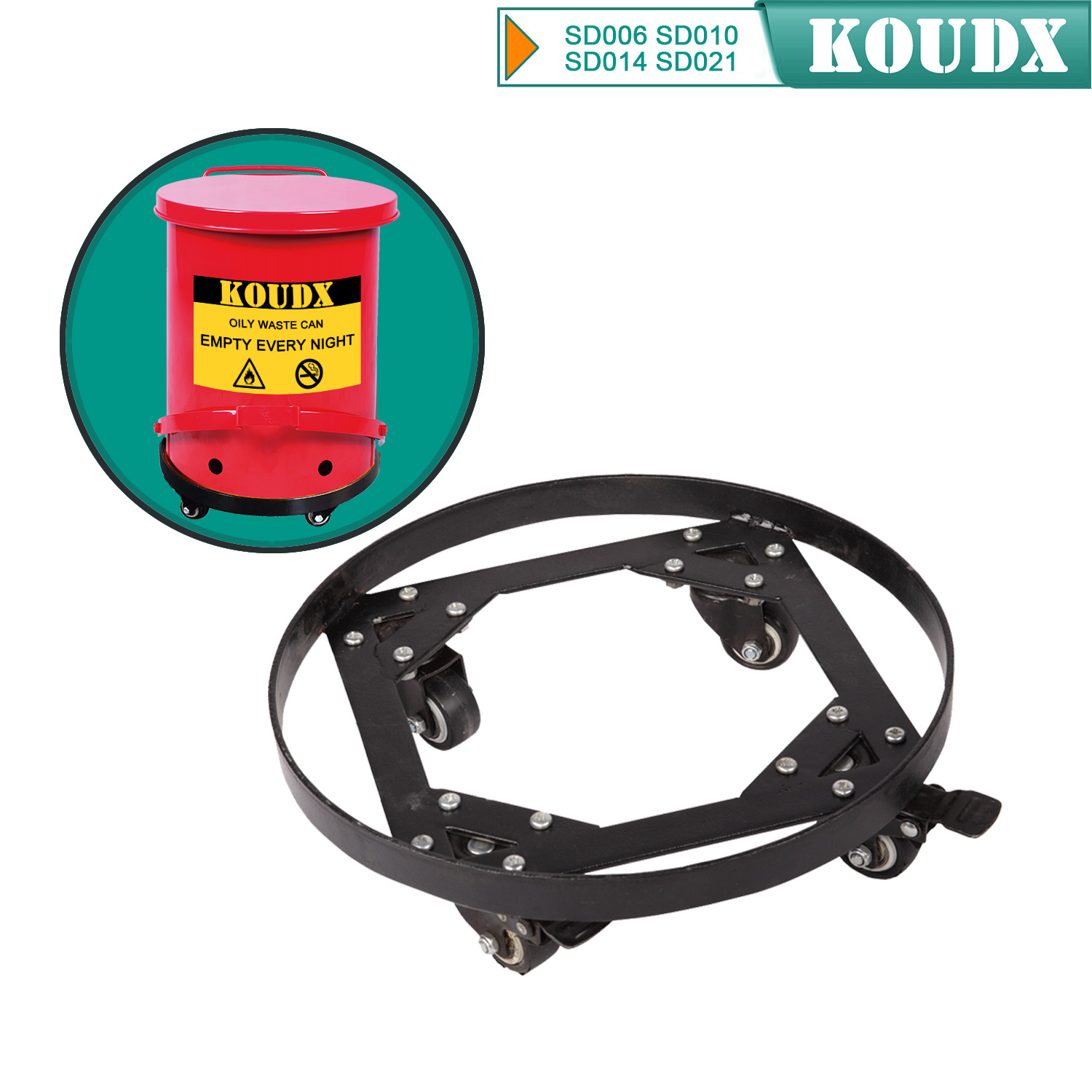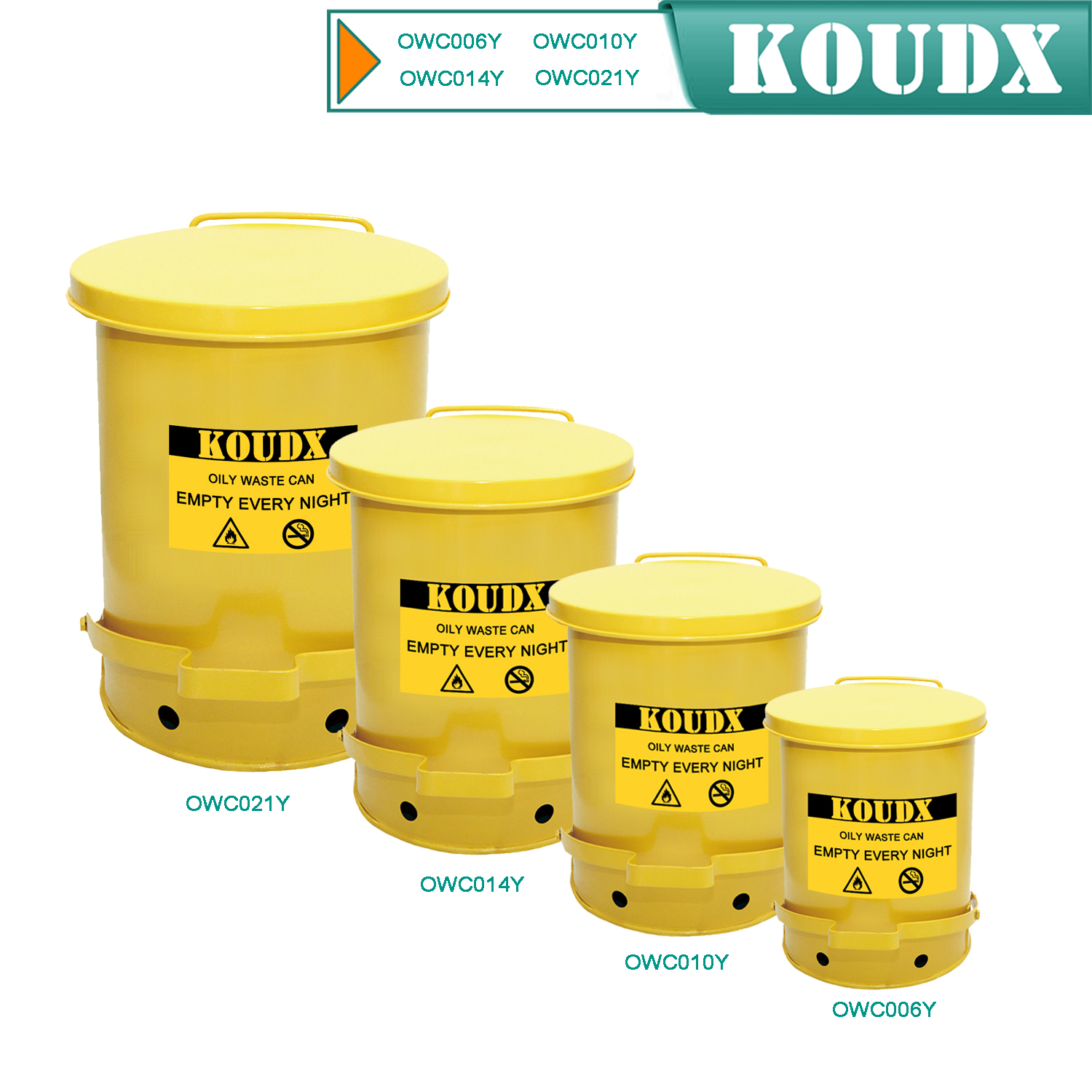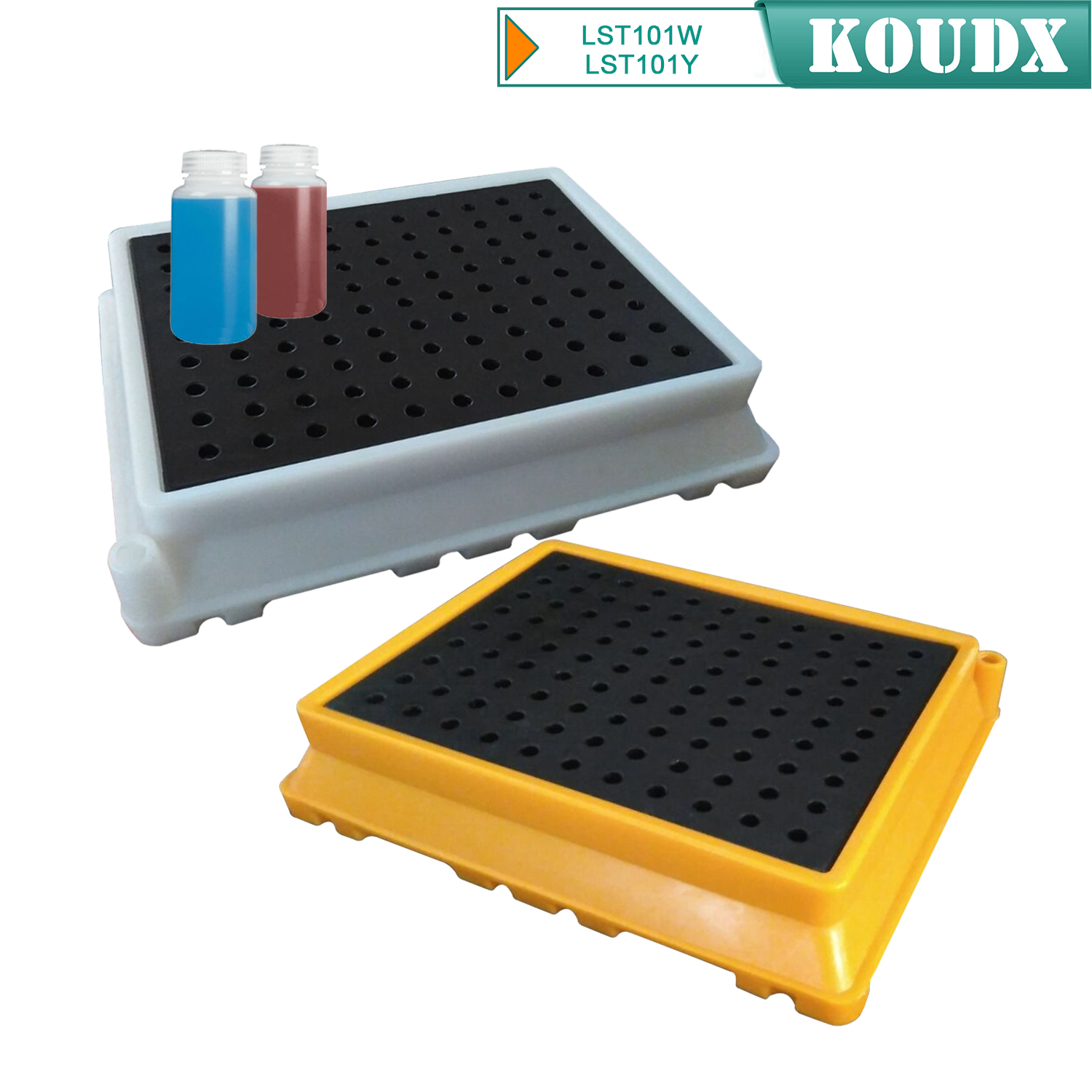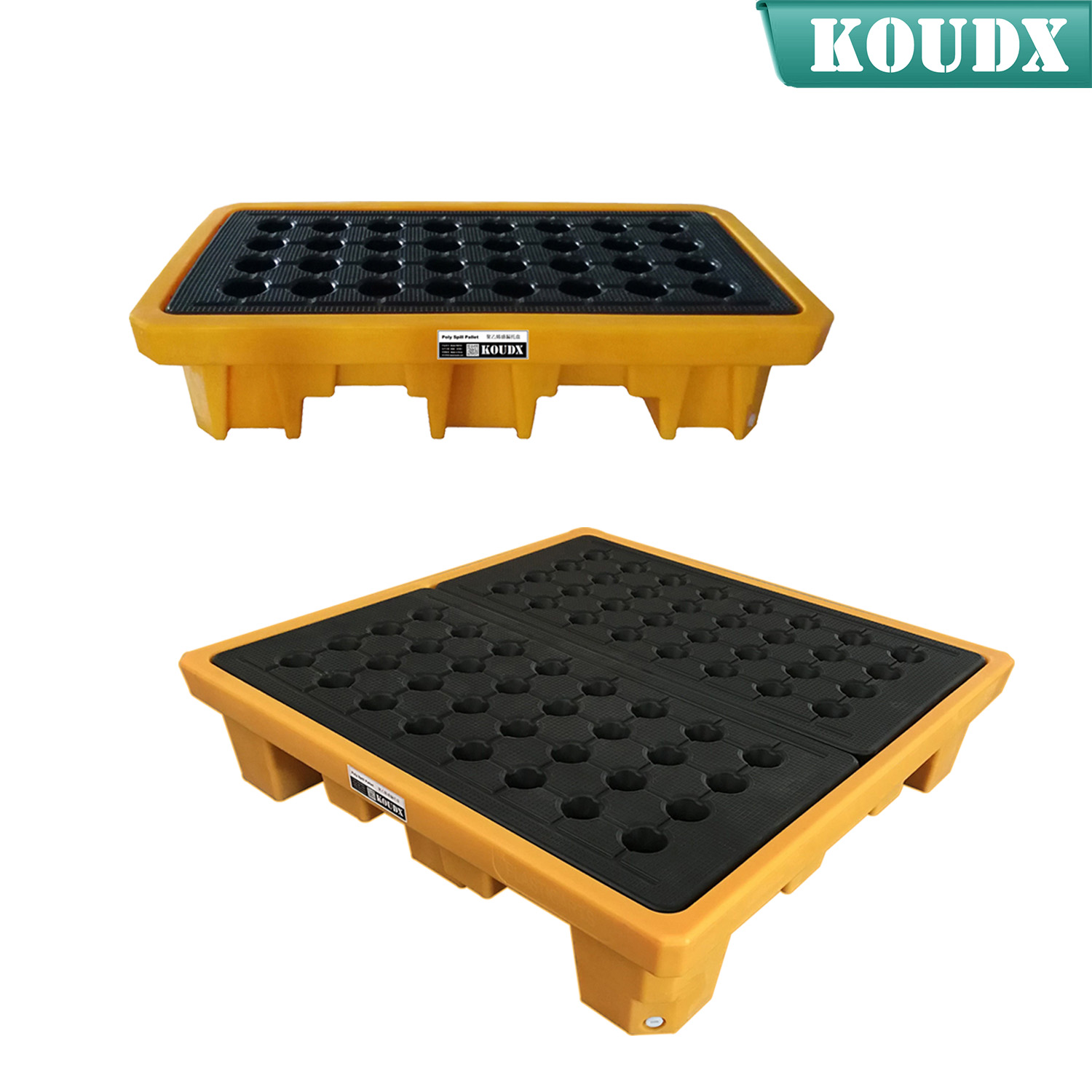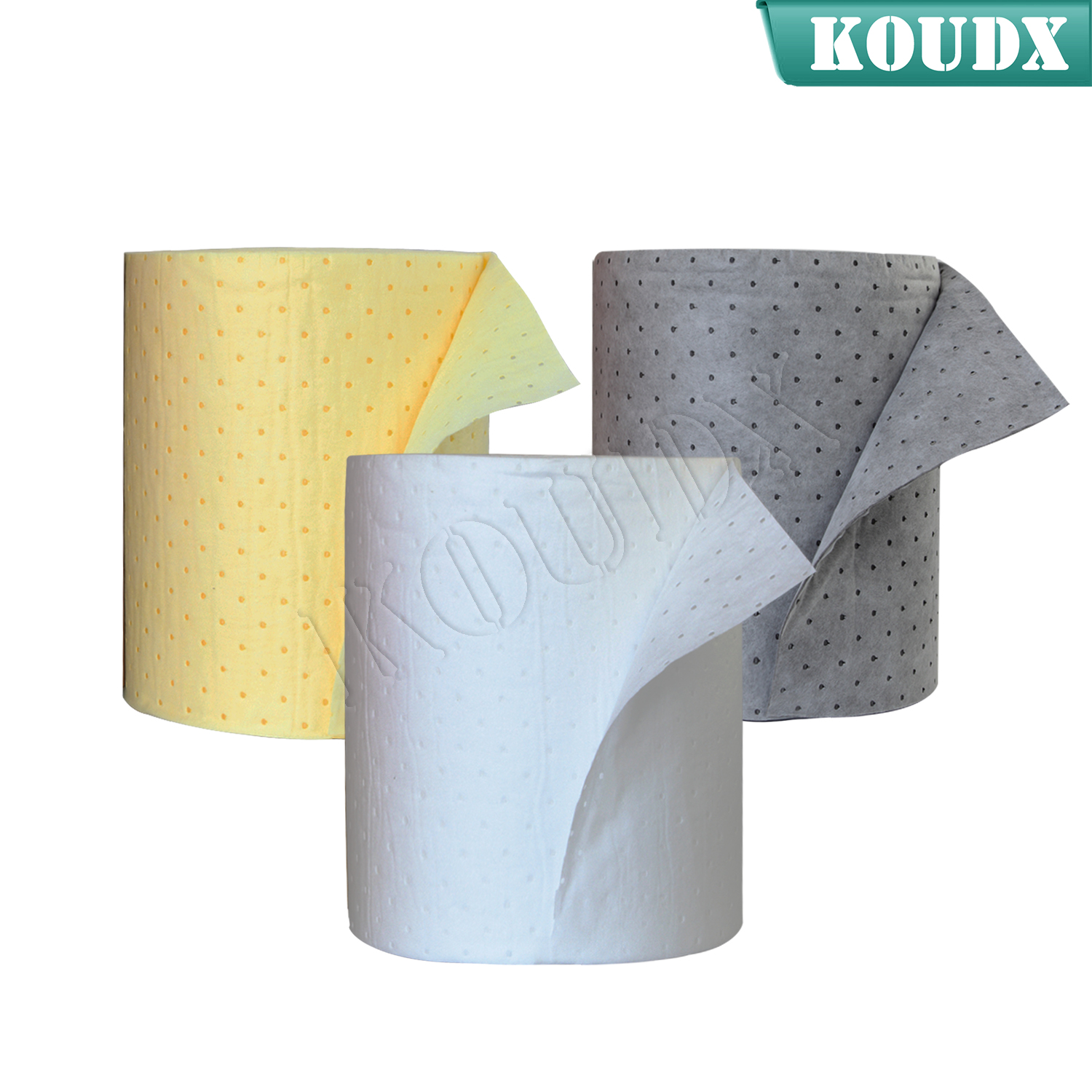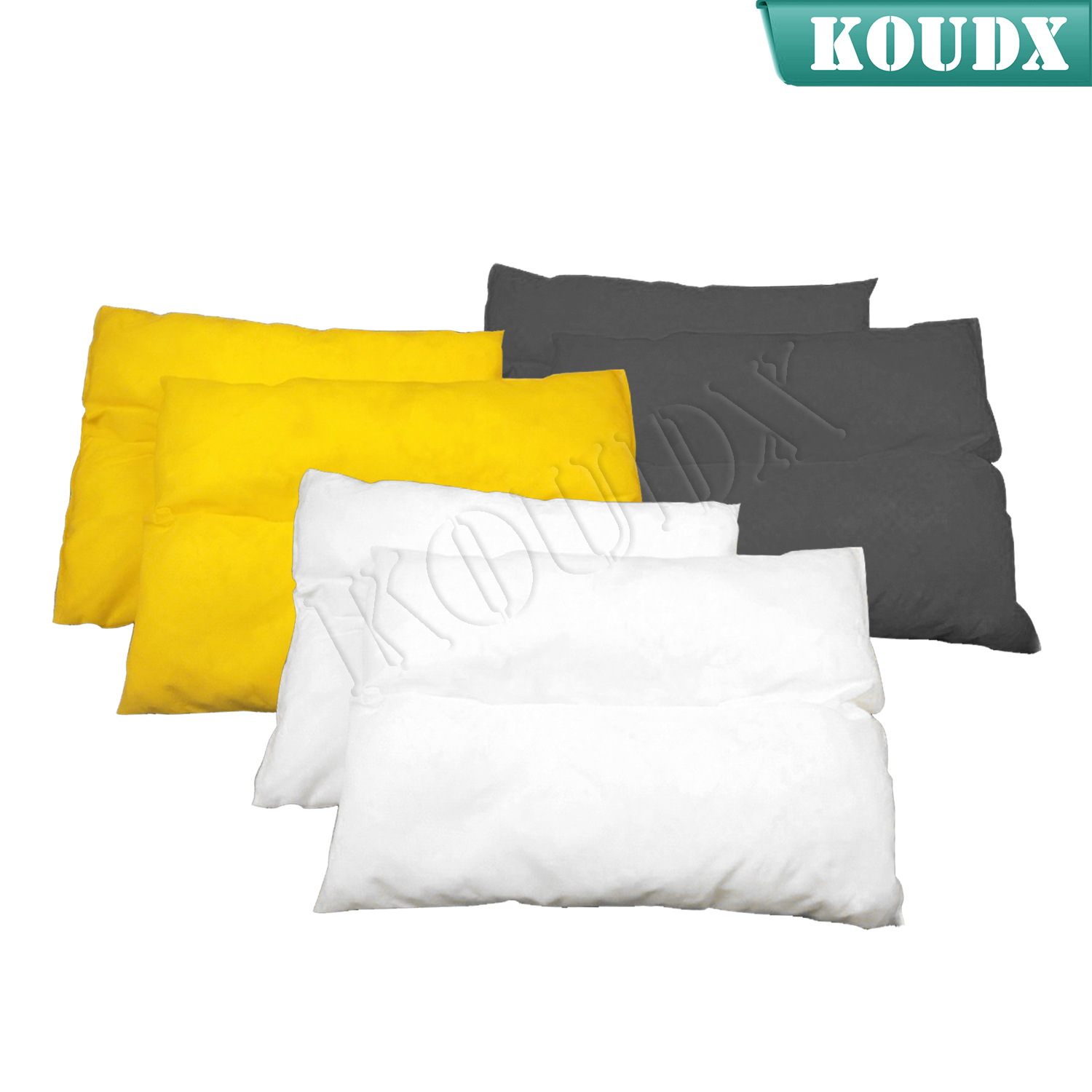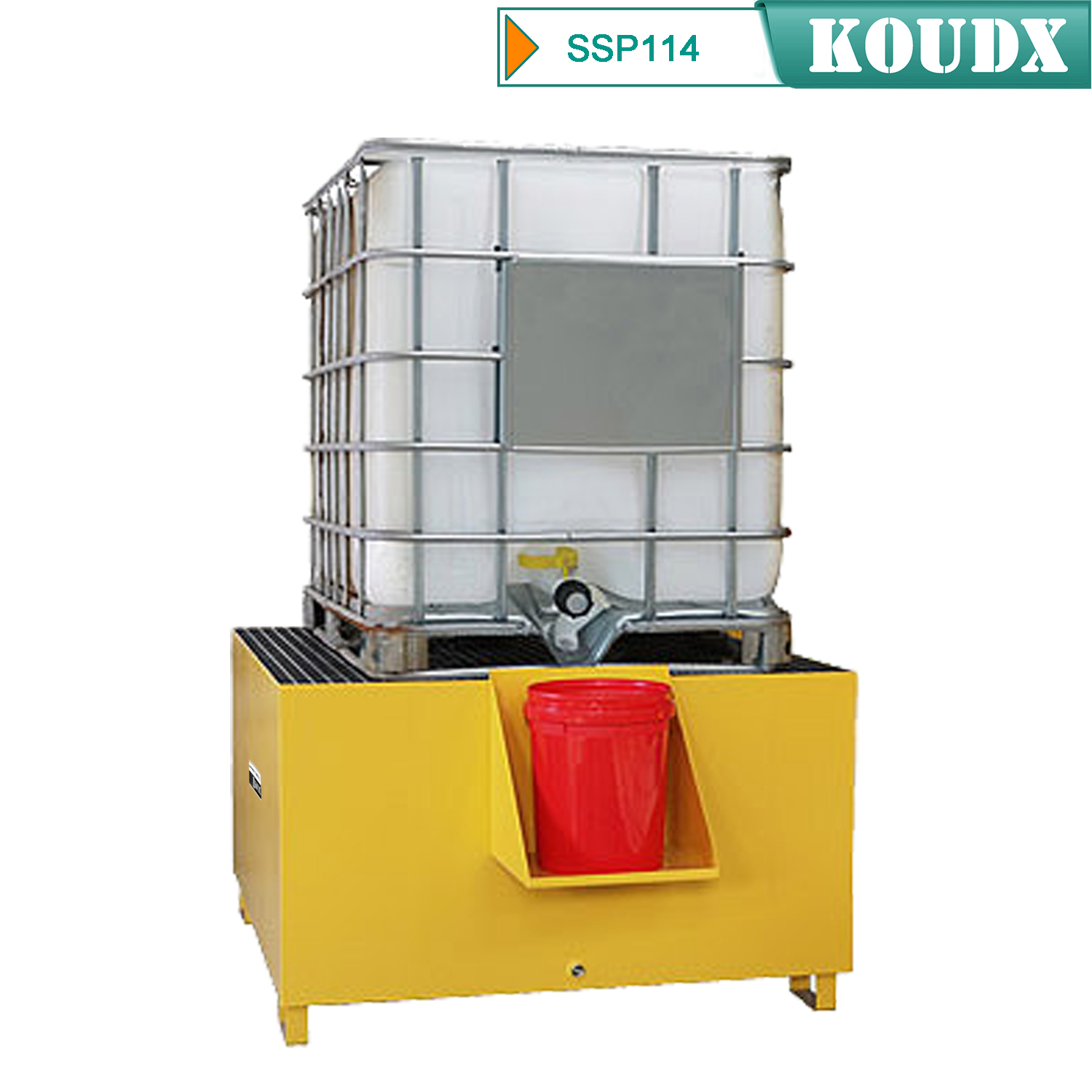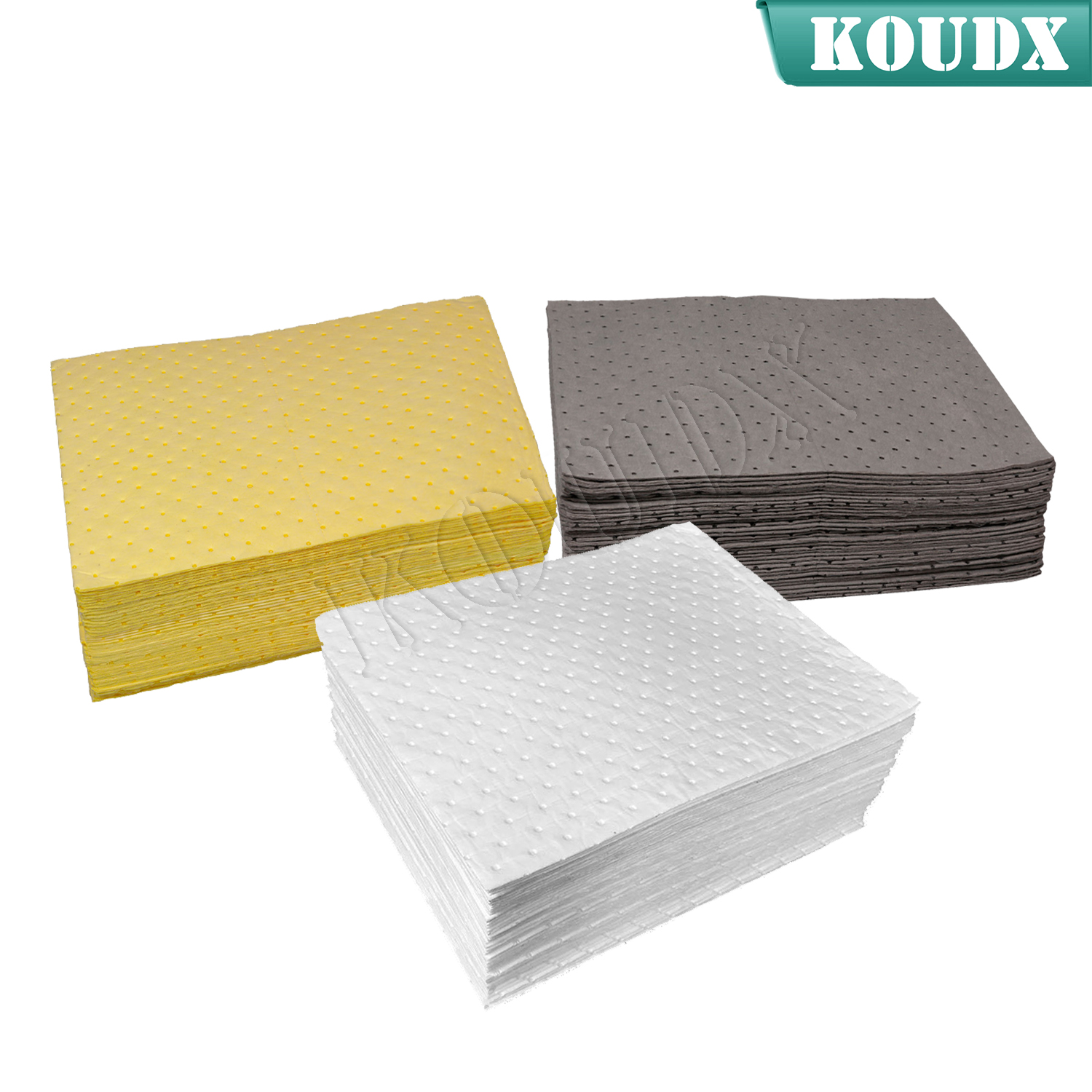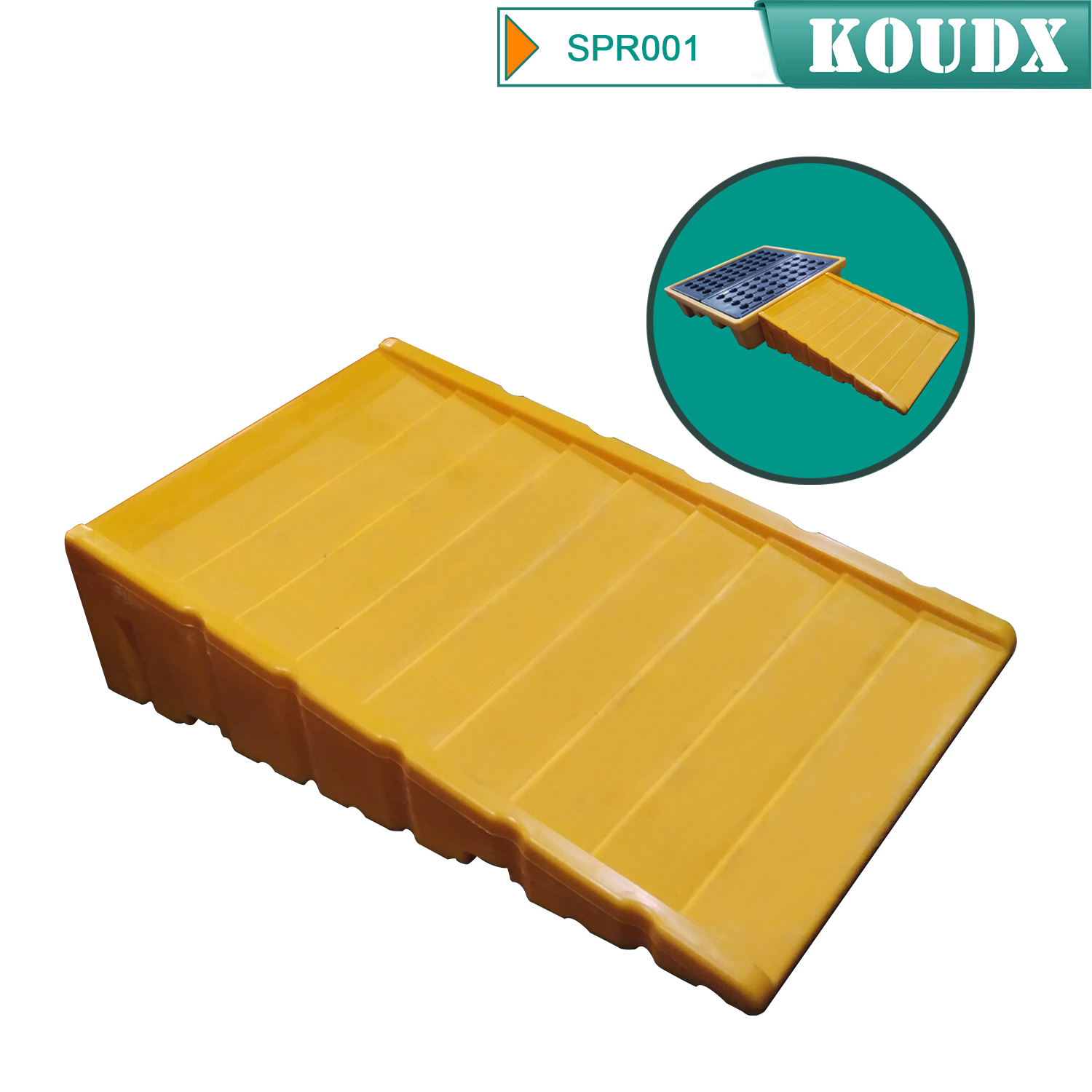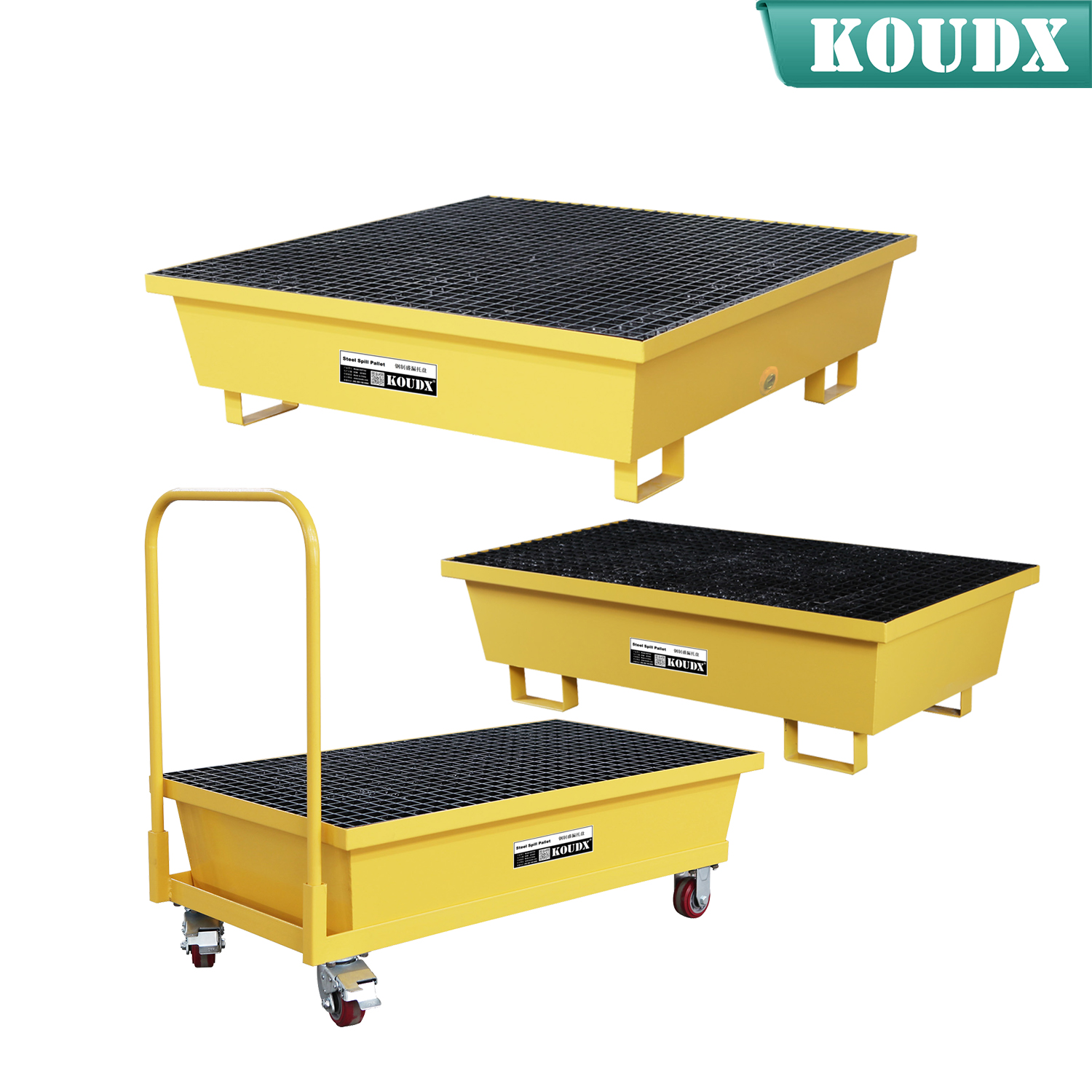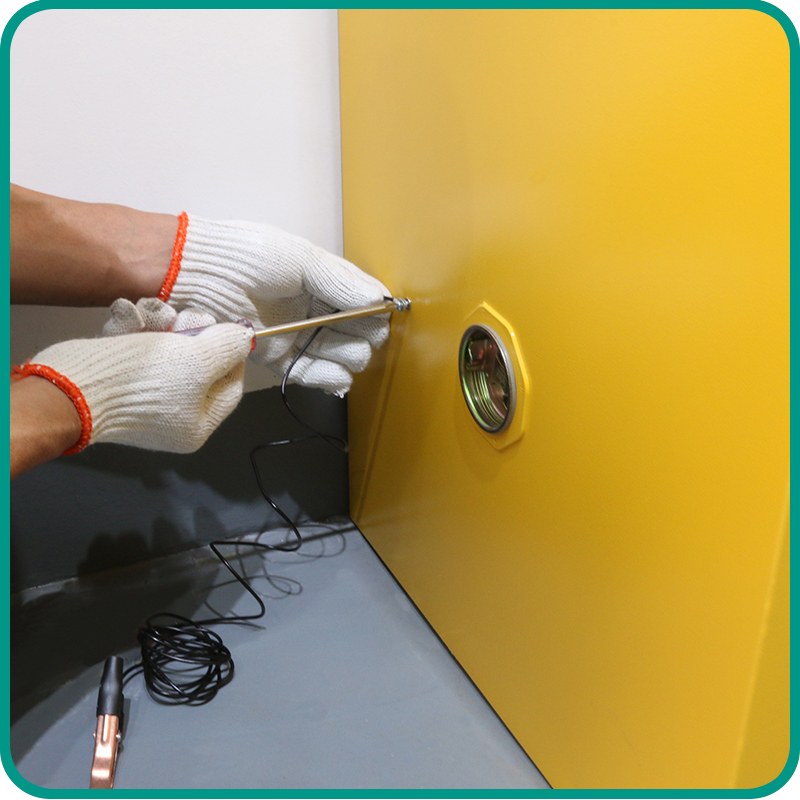
The process of bonding and grounding can be defined as providing an electrically conductive pathway between a dispensing container, a receiving container and an earth ground. This pathway helps eliminate the buildup of static electricity by allowing it to safely dissipate into the ground.
Both the National Fire Protection Association (NFPA) and the Occupational Safety and Health Administration (OSHA) have bonding and grounding requirements. NFPA addresses the need for bonding and grounding in NFPA 30, the Flammable and Combustible Code. In the 2015 edition of NFPA 30, Chapter 18 Part 5.2.2 states that a means must be provided to minimize the generation of static electricity when transferring flammable liquids. NFPA 77, Recommended Practice on Static Electricity, covers the fundamental principles of effectively managing static electricity.
OSHA’s requirements for bonding and grounding in general industry are referenced in the Flammable Liquids Standard, 29 Code of Federal Regulation (CFR) 1910.106(e)(6)(ii). The regulation states, “Category 1 or 2 flammable liquids, or Category 3 flammable liquids with a flashpoint below 100°F (37.8°C), shall not be dispensed into containers unless the nozzle and container are electrically interconnected. Where the metallic floorplate on which the container stands while filling is electrically connected to the stem or where the fill stem is bonded to the container during filling operations by means of a bond wire, the provisions of this section shall be deemed to have been complied with.”
This means all containers of Category 1, 2 or 3 liquids (liquids with a flashpoint lower than 100°F) need to be bonded and grounded during dispensing. This includes non-metallic containers, even though the construction material may not be recognized as conductive (for example, polyethylene). If the containers are not properly bonded and grounded, the resulting static spark could be capable of raising the vapor temperature above the flashpoint, causing an explosion.
Common examples of Category 1 liquids include acetaldehyde and ethyl ether. Examples of Category 2 liquids are acetone, benzene and toluene. Styrene and turpentine (mineral spirits) are examples of Category 3 liquids. The flashpoint for a chemical can be found in section nine of the safety data sheet (SDS).
The diagram below is an example of a complete bonding and grounding system. The bonding wire is shown connecting the lid of the receiving container to the dispensing container. The grounding wire is shown connecting the dispensing container to the common ground within the facility. The common ground is in turn connected to an earth ground. (Any ground source that is adequate for power circuits or lightning protection is sufficient for protection against static electricity.) This system provides an electrically conductive pathway for static electricity to follow and safely dissipate into the ground.
For bonding and grounding to be effective, a metal-to-metal connection must be maintained between the bonding and grounding wires and the containers. To accomplish this, all paint, dirt, rust, etc. must be removed from the area of connection. These connections can be of two basic types: permanent or temporary. Permanent connections can be made by using solid or braided wires, and must incorporate either screw-type clamps, welding or other similar means. Temporary connections should use only braided wires in conjunction with spring clamps, magnetic clamps or other similar methods of maintaining metal-to-metal contact.

Solid wire is a single, complete strand of wire that is not known for its durability. For this reason, solid wires should only be used for permanent connections, or those that will not be handled often. Braided wires consist of several strands of wire wrapped together to provide greater strength and flexibility. Because of these characteristics, the 2014 edition of NFPA 77 advises the use of braided wires when the wires will be frequently connected and disconnected (Chapter 7 Part 4.1.4). The minimum size (gauge) of the wires is determined by strength and durability rather than current-carrying capabilities.
Additionally, under Chapter 7 Part 4.1.5, NFPA 77 notes that either insulated or uninsulated wires can be used for bonding and grounding but uninsulated wires are recommended because they allow for easier detection of defects. Insulated wires are those with a protective rubber or vinyl coating that completely encompasses the wire. The insulation offers additional protection from fraying and corrosion. Regardless whether an insulated or uninsulated wire is used, they should frequently be checked for continuity.
Commonly Asked Questions
Q:Where do I bond and ground a polyethylene safety can?A:Manufacturers of OSHA-compliant polyethylene safety cans include a grounding lug for the connection of bonding and grounding wires.
Q:Do safety cabinets have to come with a grounding lug?A:Yes. Manufacturers of OSHA-compliant metal safety cabinets do provide grounding lugs on their cabinets.
Q:Is it acceptable to hold the nozzle of the dispensing container in contact with the opening of the receiving container rather than attaching a bonding wire?A:No. This is not an acceptable practice because it is difficult to maintain an electrical bond between these two items. Bonding wires should be used to ensure a safe bond is made and maintained between the two containers.

KOUDX(Shanghai Koudx Industry Technology Co., Ltd.) is a professional provider of industrial safety and environmental protection solutions. Based on the concept of market and customer demand, our fire safety cabinet was developed in accordance with the standards of OSHA 29 CER 1910.106 and NFPA CODE30. It is widely used in petrochemical industry, industrial manufacturing, university laboratories, food industry, automobile industry manufacturing, new energy and other industries.
We sincerely hope that in the journey of KOUDX's continuous development and expansion, we will be able to get the full support of our distributor partners in China and abroad, and have more long-term strategic partners, development together and achieve a win-win situation. Welcome to contact us (86) 400-168-8090, you can visit our website www.koudx.com for the detail information.




